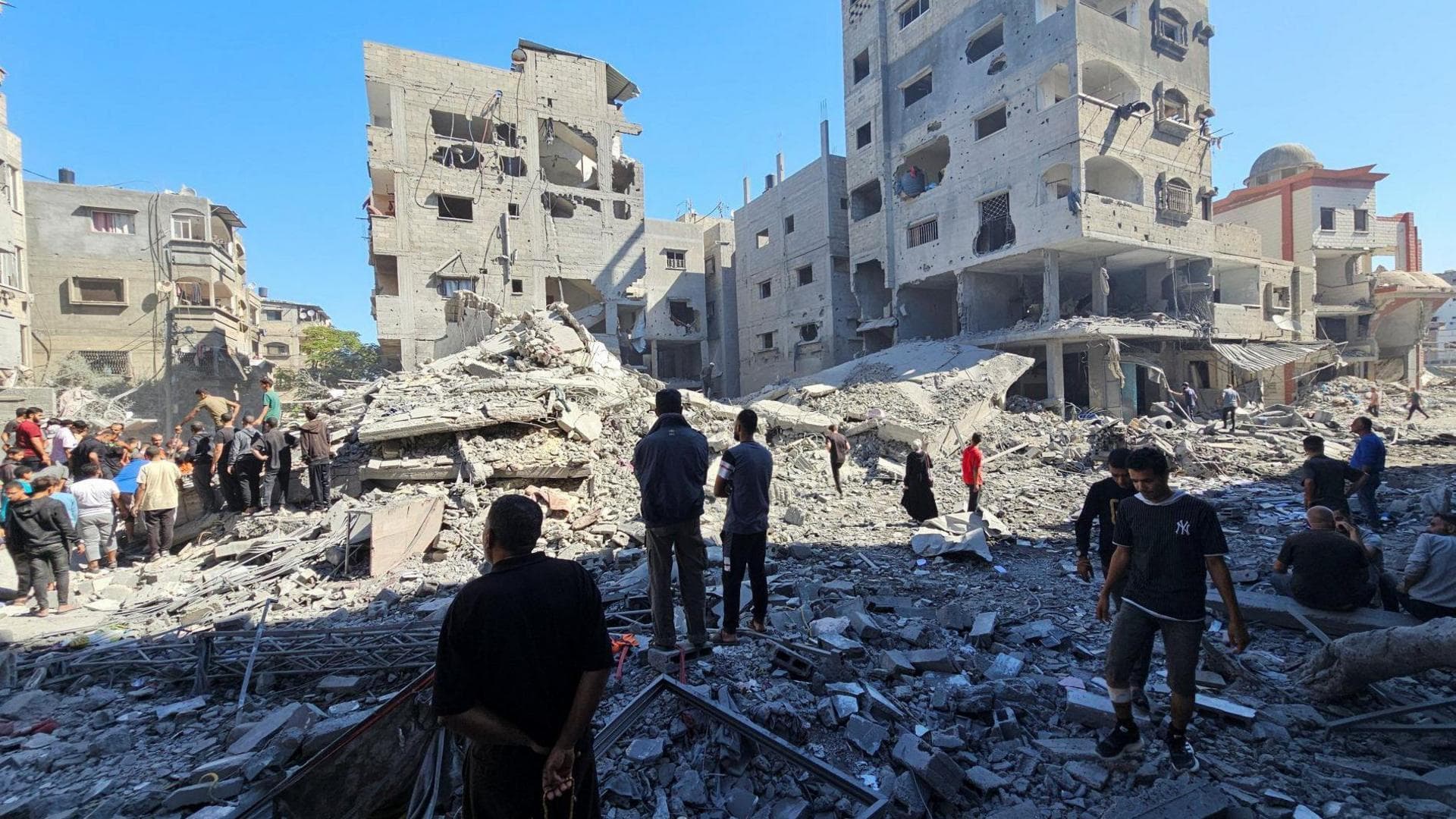Intense Israeli airstrikes across Gaza kill at least 25
Israeli airstrikes across the Gaza Strip on November 19 killed at least 25 Palestinians, the Hamas run health ministry reported, in one of the most intense waves of strikes seen that day. The strikes hit multiple neighborhoods and sent large numbers of wounded to hospitals including al Shifa in Gaza City, deepening concerns about civilian protection and humanitarian access in the enclave.

Israeli airstrikes across the Gaza Strip on November 19 killed at least 25 Palestinians, according to the Hamas run health ministry, and struck multiple areas in what local reporters described as some of the most intense bombardment that day. Hospitals including al Shifa in Gaza City received large numbers of wounded, while local medical sources reported heavy damage to residential buildings and to emergency facilities attempting to cope with the influx.
Officials in Israel said the raids targeted operational Hamas positions, tying the strikes to ongoing counterinsurgency efforts. Humanitarian organizations and rights groups warned that the scale and concentration of the attacks increased civilian harm and complicated delivery of aid in a densely populated enclave already under severe strain. The reported casualties and damage deepened an urgent debate about how to balance military objectives with protections for civilians and critical infrastructure.
Medical staff described overwhelmed emergency rooms and damaged treatment areas at hospitals that remain vital to the territory given limited capacity. Disruptions to health care in Gaza have repeatedly exacerbated mortality and morbidity during past surges in violence, and international agencies have consistently flagged hospitals as a nexus for both lifesaving care and acute humanitarian risk. The reported strikes intensified concerns that critical services could be further degraded just as more wounded arrived at facilities already coping with shortages of supplies and fuel.
The strikes also have broader economic and humanitarian implications. Recurrent rounds of fighting have eroded Gaza's productive capacity, constrained trade and humanitarian flows, and left infrastructure fragile. Acute damage to residential buildings and emergency facilities translates into immediate shelter and service needs as well as longer term reconstruction demands that will require substantial donor funding and logistical access. Humanitarian agencies have previously warned that access restrictions and insecurity reduce the effectiveness of aid deliveries and raise the administrative costs and time required to reach vulnerable populations.
Regional economic actors and markets typically track escalations in the Israel Gaza conflict for potential wider instability, disruptions to shipping and insurance costs as well as shifts in investor sentiment. While the strikes reported on November 19 were localized within Gaza, persistent cycles of violence contribute to an uncertain investment environment and amplify the fiscal and humanitarian burden for donor countries and institutions.
Diplomatically, the strikes are likely to increase international calls for measures to protect civilians and for secure, sustained humanitarian corridors. As operations continue, the immediate priorities are medical treatment for the wounded, repairs to damaged infrastructure where possible, and ensuring uninterrupted access for aid agencies. Without those measures, the human and economic costs in Gaza are likely to rise, reinforcing long term trends of damaged infrastructure, chronic humanitarian need, and economic decline.


